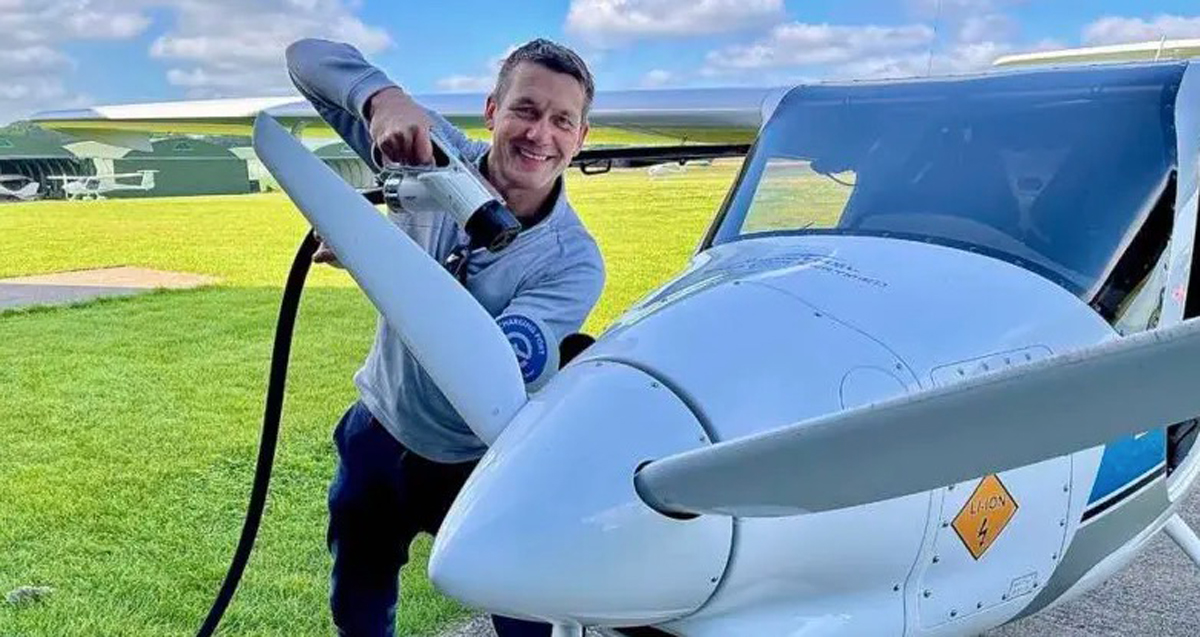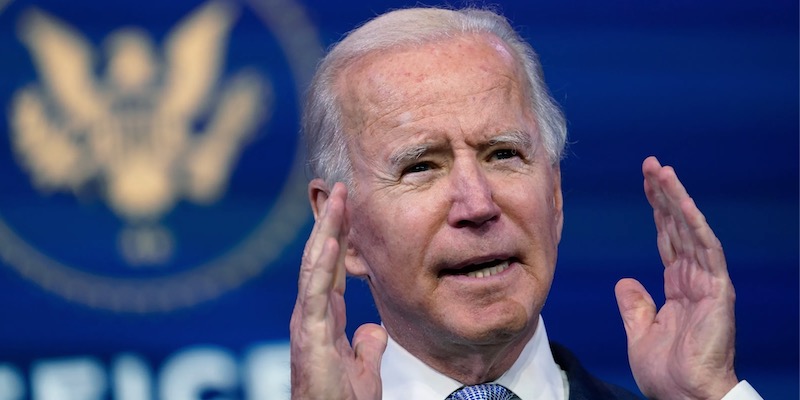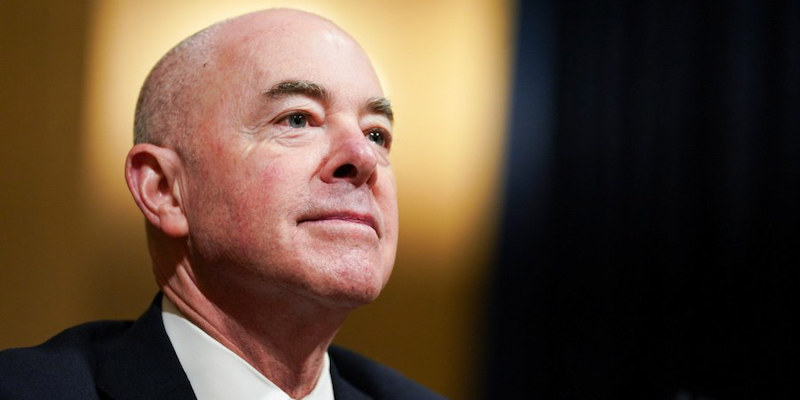By K. Walker,
As governments continue to put their thumbs on the scales and throw taxpayer cash for alternative sources of power rather than fossil fuels, manufacturers will continue to take the cash and innovate — but that doesn’t necessarily mean that the government made a good investment.
The problem is that electric vehicle batteries need to be charged, and there’s a whole problem with the weight of the battery that would be needed to keep an aircraft in the air with passengers.
While batteries are packing a bigger punch in a smaller size, very short flights with few passengers are the only viable option for the current technology.
Rolls-Royce has worked on all-electric aircraft for several years as part of the U.K. government-backed “Accelerating the Electrification of Flight” (ACCEL) project.
They developed a sleek, racing plane but planned to apply what they learned to commuter aircraft.
The Spirit of Innovation project is a part of ACCEL (Accelerating the Electrification of Flight), a British aerospace innovation program. Half of the project’s funding is provided by the U.K.’s Aerospace Technology Institute in partnership with the Department for Business, Energy & Industrial Strategy, and Innovate U.K.
Rolls-Royce says it will use the ACCEL project technology, measure the performance of the aircraft and the data collected on the maiden flight, and apply it to commuter aircraft and electric vertical takeoff and landing (eVTOL) products. Source: Electrek
Two years ago, Rolls-Royce’s all-electric plane broke two world speed records.
In November 2021, The Spirit of Innovation hit an average of 555.9 km/h (345.4 mph) over 3 km and 532.1km/h (330 mph) over 15 km.
Both attempts, which took place at an experimental testing site, have now been verified as records by the World Air Sports Federation.
Rolls-Royce described it as a “fantastic achievement.”In runs at the UK Ministry of Defence’s Boscombe Down testing site in Wiltshire, the aircraft’s average speed over 3 km broke the existing record by 213.04 km/h (132 mph).
The 15 kilometres speed was 292.8 km/h (182 mph) faster than the previous record.
A third record attempt, for the fastest climb to 3,000m, reached in 202 seconds, is still going through the verification process. If approved, it will break the current record by 60 seconds.
Source: BBC
The plane uses a 400kW electric powertrain, equivalent to a 535 BHP supercar.
It’s pretty impressive.
But here to stay… well, not precisely… they’re cashing out after taking that sweet, sweet taxpayer funding to innovate and selling off the electric flight division to increase profits. U.K. taxpayers aren’t very likely to get a cut of that sale.
Rolls-Royce will sell its electric flight division to improve its jet engine business profits under a new plan from its chief executive, Tufan Erginbilgiç.
[
The FTSE 100 manufacturer will aim for record operating profits of between £2.5bn and £2.8bn a year, compared with £837m in 2022, it said in a strategy published on Tuesday. Source: The Guardian
The company is also moving away from hydrogen-powered aircraft because they don’t think jet engines will be replaced soon.
Rolls-Royce Holdings Plc backed away from electric and hydrogen-powered aircraft as it bets that conventional propulsion will remain the mainstay for at least the next two decades.“I don’t believe in the next 15, 20 years hydrogen will play a role,” Chief Executive Officer Tufan Erginbilgic said on a media call on Tuesday. While the company is working on hydrogen technology with discount carrier EasyJet Plc, Erginbilgic said that sustainable aviation fuel, or SAF, will be the sole pathway for large jets to achieve net zero climate targets.
Source: Bloomberg (archived)
Erginbilgiç, a former B.P. executive, said that “choices on resource allocation” had to be made to achieve his goal of quadrupling operating profit and generating higher cash flow over the medium term.
By selling off the electric unit and other businesses, Rolls-Royce hopes to bring in between £1 billion and £1.5 billion. ($1.27 billion to $1.9 billion in U.S. dollars.)
The company is not ditching all things green, however. It will still work on small, modular nuclear reactors with the backing of the U.K. government to “decarbonize” the electricity grid.
They’re also going to focus on narrow-bodied planes and invest more in their next-generation UltraFan engine.
In the move to “decarbonize” its line of products, Rolls-Royce will instead focus on producing aircraft that can handle longer flights using “sustainable aviation fuel” (SAF) sources — jet engines that burn kerosene, which they see as the future of passenger aviation.
It looks like John Kerry won’t be trading in his wife’s private jet for an electric Rolls-Royce jet anytime soon.
Cross-Posted with Clash Daily




